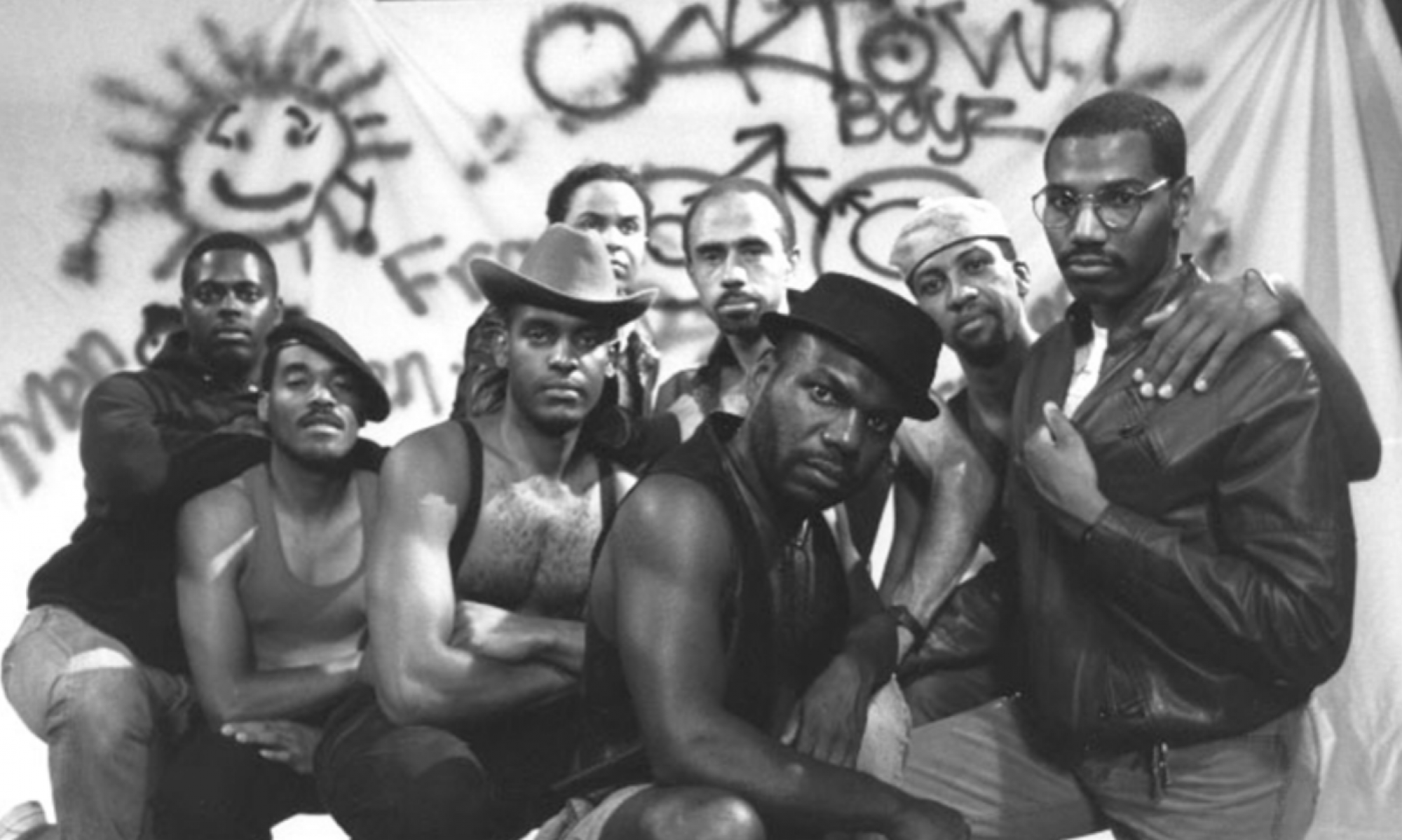Synopsis
Prior to the AIDS plague, representation for the queer community was limited to the point of near nonexistence. After AIDS emerged in the queer community, invisibility persisted, but the urgency for representation intensified greatly. Between 1985 and 1996, there was an increase in the portrayal of people with AIDS, particularly in the four shows The Normal Heart (1985), Angels in America (1991), Falsettos (1992), and Rent (1996). These four works of theater were paramount in raising awareness for AIDS to the general, presumed straight audience. There was also an increase in AIDS-related performance art in less conventional venues centered in the queer community.
In this paper I explore how each of these four theater works portrayed AIDS from the inside in the gay male community and how these portrayals both excluded the macro nature of AIDS in America, while opening up avenues that had not previously existed for talking about the epidemic in a personal, human way, at the same time that off-Broadway performance art centered in the queer community was overall more realistic and harsh in its portrayal of AIDS though it failed to reach a wide, mainstream audience or reach popular acclaim.
There are many things that The Normal Heart, Angels in America, Falsettos, and Rent completely miss as works depicting the AIDS crisis. Protagonists of color, queer women protagonists, and protagonists facing true poverty are missing from all of them. They present instead a more palatable portrayal of the AIDS crisis in the form of white gay men with some level of financial security, except for Rent which presents white straight men with some level of financial security. This mass misrepresentation of AIDS does not negate the value present in all of these works but it is erasure. It is indicative of an institutional problem in the medium when realistically representative work is not able to succeed on a mass scale. The theater-going audiences are presumed wealthy, white, and straight. The shows that found this mass success makes this sort of audience feel affirmed and validated, not necessarily challenged nor educated. The performance art was centered in the queer community at the center of the AIDS crisis, but it was because of its harsher, realistic portrayal of the crisis that it was unable to see mainstream acclaim. There is a balance of values in this dichotomy. The shows that saw mainstream acclaim were able to spread their message to a wider audience, and were therefore able to increase the visibility of AIDS. But that value is offset by the fact that the truth was sanitized to reach this wider audience. There is not inherent value in this wide acclaim when it is built on a false mask of the AIDS crisis that only confirms the preconceived notions of its audience.
Media
The Normal Heart

Angels in America:
Falsettos:
Rent:
Off-Broadway Performance Art

Bibliography
1. Axton, Natalie. “Remembering and Reframing the Memory of a Choreographer Lost to AIDS”. 4 November 2016. https://hyperallergic.com/335903/remembering-and-reframing-the-legacy-of-a-choreographer-lost-to-aids/
Axton’s article on John Bernd serves to explain his choreography and how it was inseparable from his battle with AIDS and his queer identity. I use it to contextualize John Bernd’s choreography and his history.
2. Brantley, Ben. “Rock Opera A La ‘Boheme’ And ‘Hair’.” The New York Times, The New York Times, 14 Feb. 1996, www.nytimes.com/1996/02/14/theater/theater-review-rock-opera-a-la-boheme-and-hair.html.
A review for the New York Times analyzes Rent early in its run and gives insight into why it was such a cultural phenomenon, particularly regarding Jonathan Larson’s death. I use Brantley’s analysis to understand the massive success of Rent, in particular regarding the effect of Larson’s death on how the show was received and interpreted.
3. Finn, William. Falsettos, 1993.
4. France, David. How to Survive a Plague : the Inside Story of How Citizens and Science Tamed Aids. 2016.
France’s book is an extremely comprehensive overview of the AIDS crisis through many different lenses. He addresses the situation personally, biologically, sociologically, politically, and artistically. I use France’s work to contextualize The Normal Heart and Larry Kramer’s participation in AIDS activism.
4. Houston-Jones, Ishmael. “Scenes From a Life: Ishmael Houston-Jones on John Bernd and Contemporary Dance”. 26 June 2018. https://fringearts.com/2018/06/26/scenes-life-ishmael-houston-jones-john-bernd-contemporary-dance/
A modern choreographer comments on and analyzes the legacy of choreographer John Bernd. Houston-Jones elaborates on the connection between John Bernd’s having AIDS and his choreography that he created up until his death in 1988. Houston-Jones is also necessary in understanding the weight of the lost artistic potential caused by AIDS.
5. Kramer, Larry. The Normal Heart, 1985.
6. Kushner, Tony. Angels in America, 1991.
7. Larson, Jonathan. Rent, 1996.
8. Rich, Frank. “THEATER: ‘THE NORMAL HEART,’ BY LARRY KRAMER.” The New York Times, The New York Times, 22 Apr. 1985, www.nytimes.com/1985/04/22/theater/theater-the-normal-heart-by-larry-kramer.html.
A review of The Normal Heart contextualizes the show in the era of AIDS and addresses Kramer’s brash tone and overall dismissal of the queer community favorably. I use Rich’s analysis to show how straight people understood Kramer’s position in a way that was ultimately detrimental to the gay community.
9. Saunders, Dudley. Statement on “In These Boxes”. https://visualaids.org/artists/dudley-saunders
10. Schulman, Sarah. Stagestruck: Theatre, AIDS, and the Marketing of Gay America. September 1998.
Sarah Schulman exposes the sinister nature of Rent, specifically relating to the plagiarism of her own work, and contextualizes it in the broader nature of AIDS-related theatre at the time. Schulman’s work is essential in understanding the phenomenon behind Rent and in exploring the lesser known works of theater in the PWA community, many of which have been lost.
